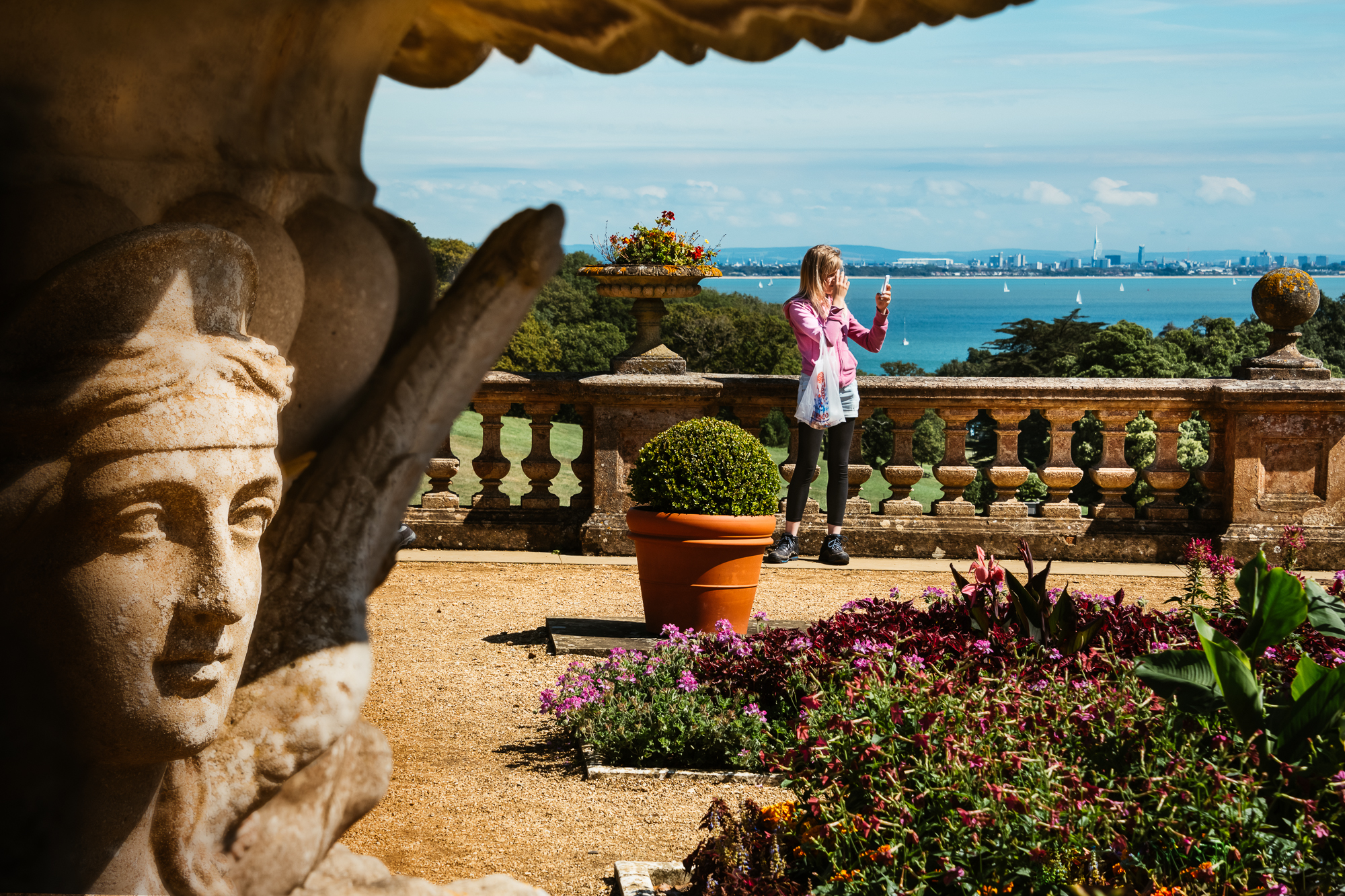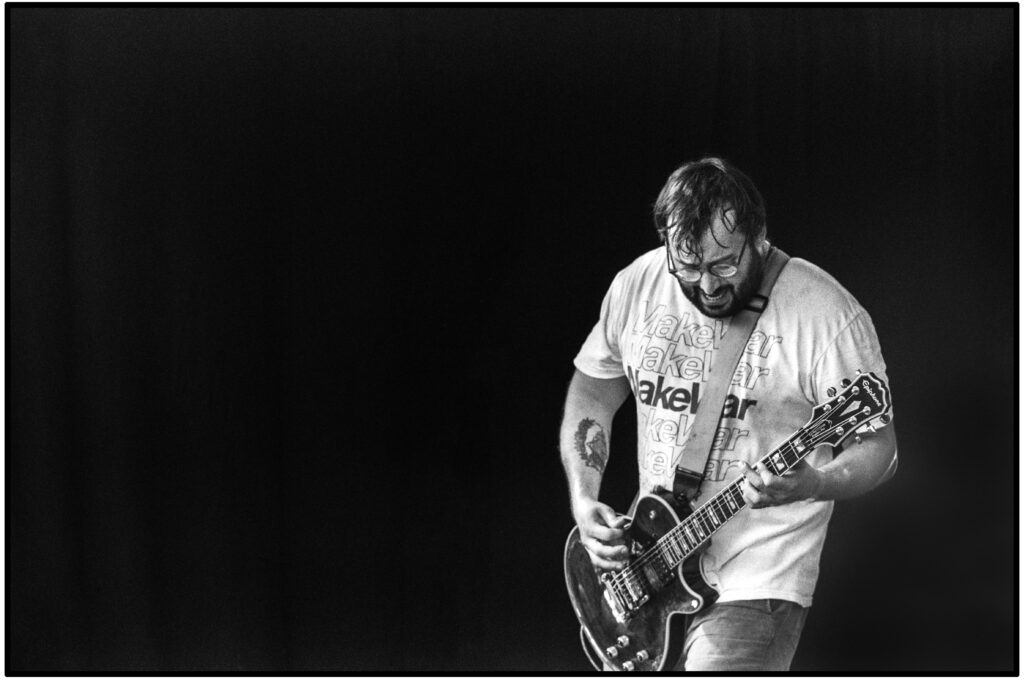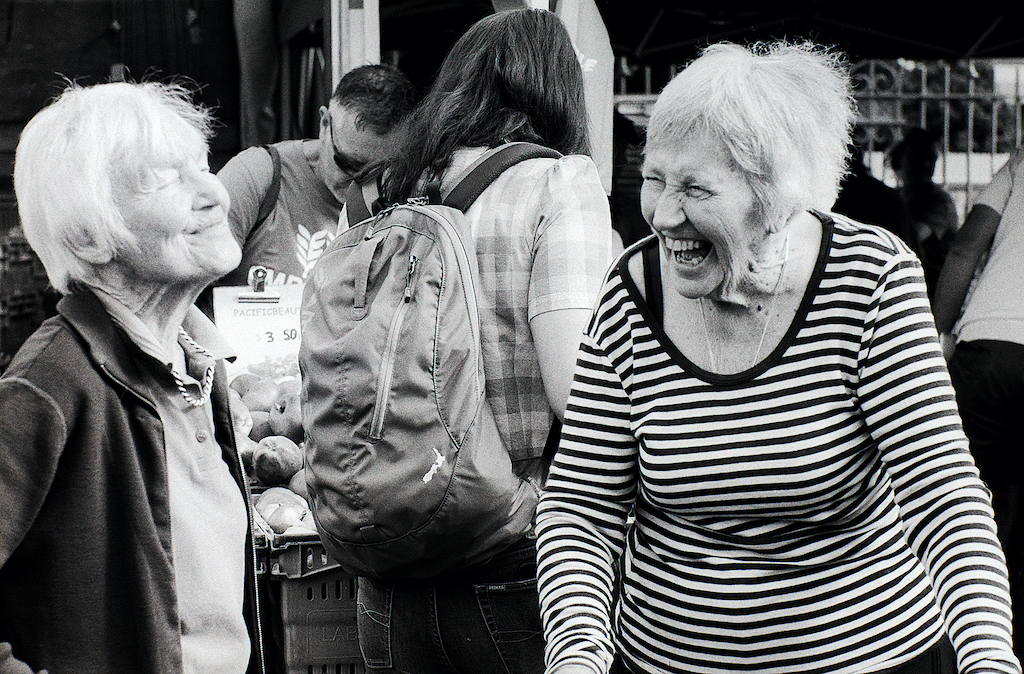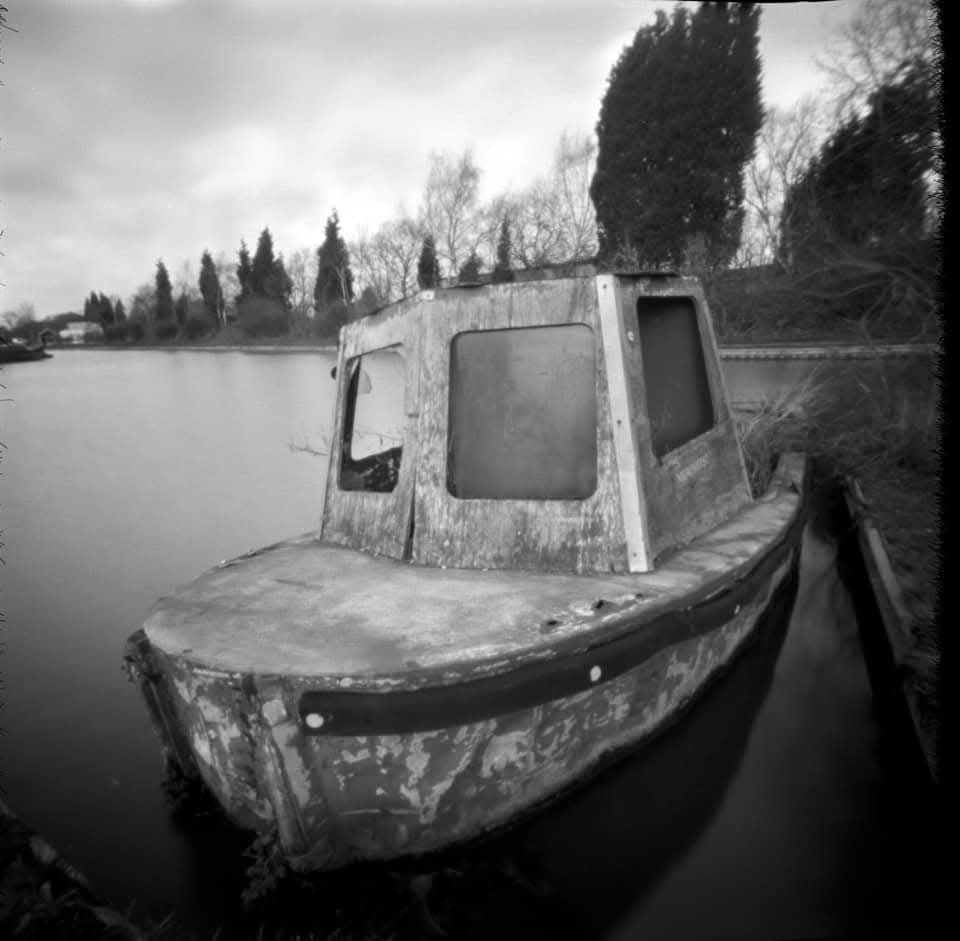In 2015, for several months, I spent three days a week working on the Isle of Wight. I would drive from London to Portsmouth, take the car ferry, and then travel to various locations around the island. The Isle of Wight lies just off England’s south coast, separated from the mainland by the Solent. While on the island, Sandown served as my base.
Although my job had nothing to do with photography, I always travelled with a camera bag (one body, two lenses, and a flash unit) and rarely missed an opportunity to use the equipment. I took photographs on the ferry, from the ferry, and often as I drove across the island. Sometimes I would stop along the way to capture something en route to a meeting. In the evenings, after work, I often set out again, exploring different parts of the island with my camera. 2015 also marked a turning point for me. It was my last in full-time employment, before I began working freelance as a photographer and videographer. During those months, I visited Osborne a few times.
The island’s history is full of well-known figures. To name a few, in 1970, Jimi Hendrix played at the Isle of Wight Festival, not long before his death. In the 19th century, Julia Margaret Cameron, the pioneer photographer, lived and worked in Freshwater. Karl Marx visited Ventnor now and then for sea air. Then there was Queen Victoria, who, along with her husband, built Osborne House on the northern coast as a private summer retreat. The royal couple hired Thomas Cubitt, whose company had completed the main façade of Buckingham Palace, to bring their vision to life. Inspired by the villas in Italy, the house was designed in the Italianate style, complete with sweeping sea views. It was an attempt, both touching and extravagant, to bring the Mediterranean to England. The result was a grand holiday home, shaped by their longing for warmth, light, and beauty. Of course, not everyone has the means to remake the world around them in the image of a dream. It takes space, freedom from daily worries, and, above all, money.
Queen Victoria spent a lot of time at Osborne House each year after her husband’s death. Always dressed in black, she died in the house in 1901, at the age of 81.
From the terrace of Osborne House, the view stretches across the water to the skyline of Portsmouth. Osborne still bears the imprint of an imagined elsewhere: the arches, fountains, and terrace, evoke an idealised Italy. Queen Victoria had travelled many times to Italy. The fantasy lingers, even as the uses of the building have changed and its original occupants are long gone. Osborne House is now a memory of a fantasy.
Fantasy architecture has long been a feature of great wealth. Many such buildings are now museums or historic sites open to visitors. The Russian Tsars built Peterhof to rival Versailles. In the United States, Cornelius Vanderbilt II built The Breakers in the 1890s, a summer residence modelled on Italian palaces. Another Vanderbilt, George, constructed Biltmore, now a museum and tourist attraction in Asheville, North Carolina. The list could go on. Many of the very wealthy built imitation European castles across the Americas. Some even purchased islands for use as private residences around the world. At times, the fantasy of luxury shifts into a darker one, the fantasy of survival. Today, some billionaires are building underground bunkers, perhaps in a (futile) attempt to escape their own human mortality.
On the Isle of Wight, time behaves differently. There is a sense of life lived, as when visiting a graveyard on a bright sunny day. The people who come to the island, whether to spend their retirement years, to visit, to explore the past or to walk through faded opulence seem not to be rushing towards the future as they seem to be, for example, in London.
The House and the grounds are open to school groups, tourists, locals, and day-trippers. Ordinary people. They wear sports shoes and carry plastic bags from the gift shop or a supermarket. They move through spaces once intended for royalty, but which now feel less like grandeur and more like repurposed sets that house a variety of period props. Spaces are also rented out for filming and events. The contrast is part of the experience. Osborne “belongs”, if briefly, to anyone passing through.
The view from the terrace remains the same. In summer, the sun beats down on the bricks and stone with an intensity reminiscent of the Mediterranean, clearly a consequence of rising global temperatures.
What Osborne offers, in the end, is not Italy, nor Empire, nor grandeur. It offers the memory of a carefully framed dream, once exclusive, now available to anyone. The Mediterranean fantasy of those who commissioned the building of Osborne House, however grandiose it may have been, eventually turned into someone else’s day out.
The photograph in this article was taken with a Nikon D810 and a Nikkor 28–300mm f/3.5–5.6 VR “streetsweeper” super-zoom lens, set to 85mm. Two images were taken in quick succession: one focused on the girl checking herself on the phone and with the supermarket bag hanging from her wrist, the other on the mask at the base of one of the fountains. The two images were partially merged in post-production. The colours were made more vivid to give the picture the look of a summer snapshot.
Share this post:









Comments
Ibraar Hussain on A Terrace with a View – A One Shot Story.
Comment posted: 13/05/2025
And enjoyed the write up - I need to go to the Isle of Wight!
Comment posted: 13/05/2025
Comment posted: 13/05/2025
Comment posted: 13/05/2025
Michael on A Terrace with a View – A One Shot Story.
Comment posted: 13/05/2025
Comment posted: 13/05/2025
Geoff Chaplin on A Terrace with a View – A One Shot Story.
Comment posted: 13/05/2025
Comment posted: 13/05/2025
Gary Smith on A Terrace with a View – A One Shot Story.
Comment posted: 13/05/2025
I doubt that I'll ever be able to visit there but interesting none the less.
Comment posted: 13/05/2025
Jeffery Luhn on A Terrace with a View – A One Shot Story.
Comment posted: 13/05/2025
I enjoyed the photo and the write up! Thanks!
It certainly looks like a tropical location in your photo. A friend of mine grew up there and after a life in cold windy rainy areas, including parts of Scotland, he retired in Phoenix, AZ. I sent him the photo and he said, "I think I remember a day like that once." Haha.
He's a joker, but his point is well taken. You got that shot on a banner day. Great colors!
Jeffery
Comment posted: 13/05/2025
Tim Piscitelli on A Terrace with a View – A One Shot Story.
Comment posted: 14/05/2025
Comment posted: 14/05/2025